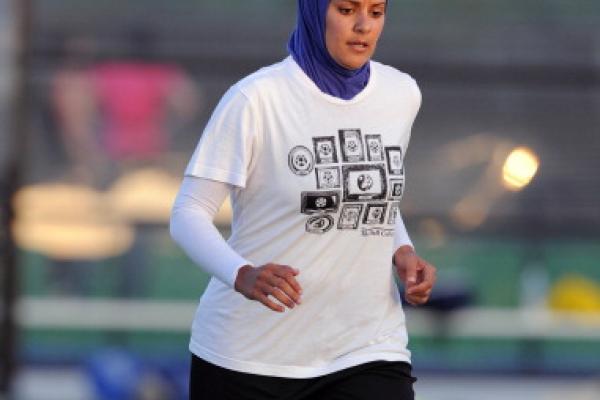Mar 6, 2012
Muslim female soccer players are celebrating a decision by the International Football Association Board to allow them to test specially designed head coverings for four months.
Soccer's international governing body, known as FIFA, has prohibited headscarves since 2007, citing safety concerns. The new headscarves will be fastened with Velcro rather than pins.
The headscarf prohibition has generated controversy among fans of the world's most popular team sport, especially in Muslim countries in Africa, the Middle East and central Asia.
Read the Full Article

Already a subscriber? Login
